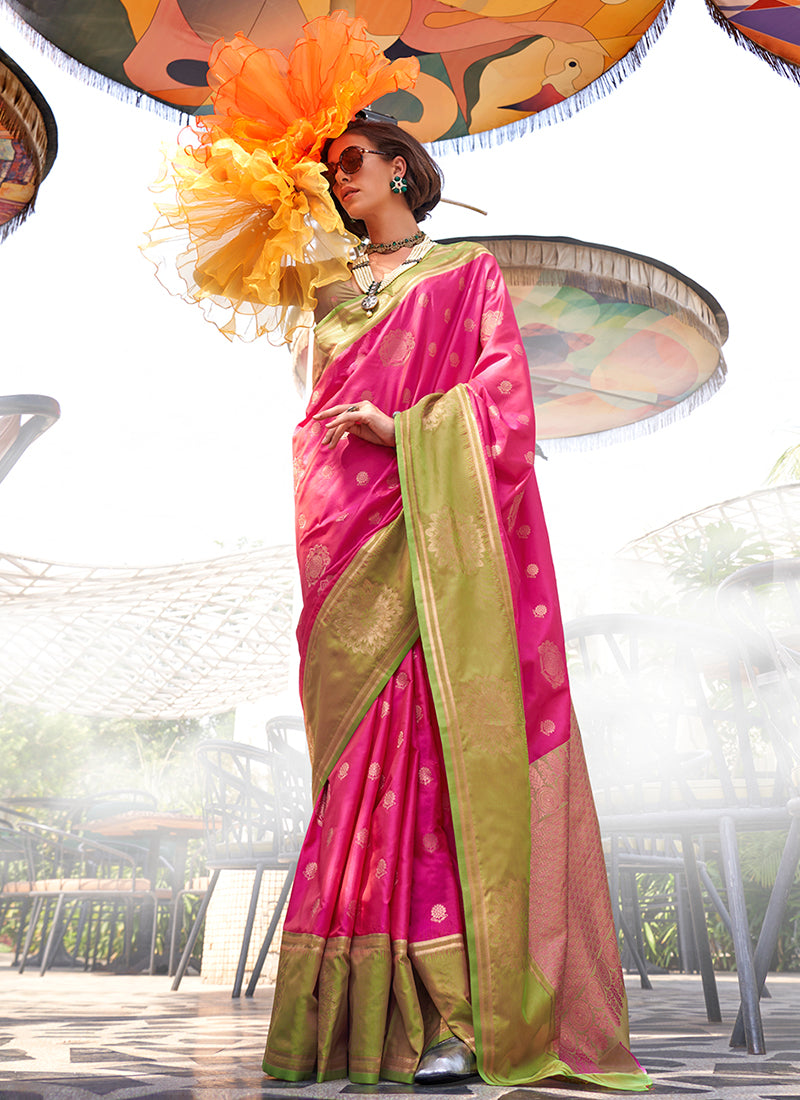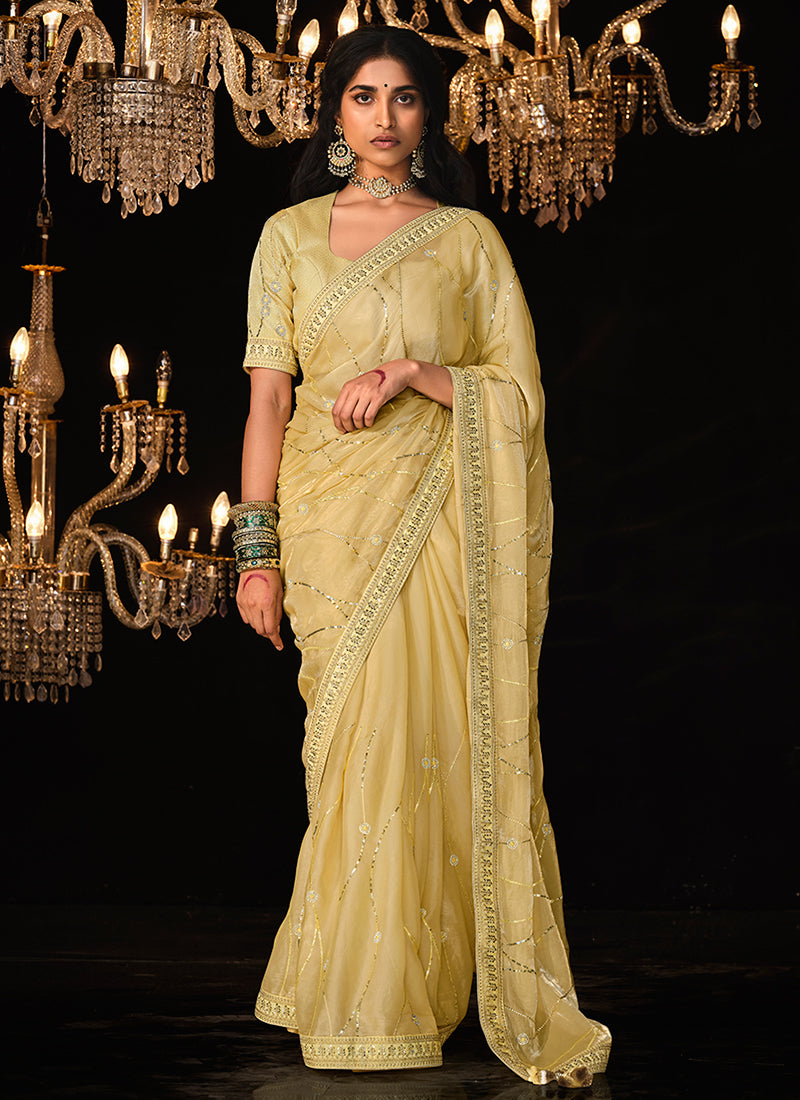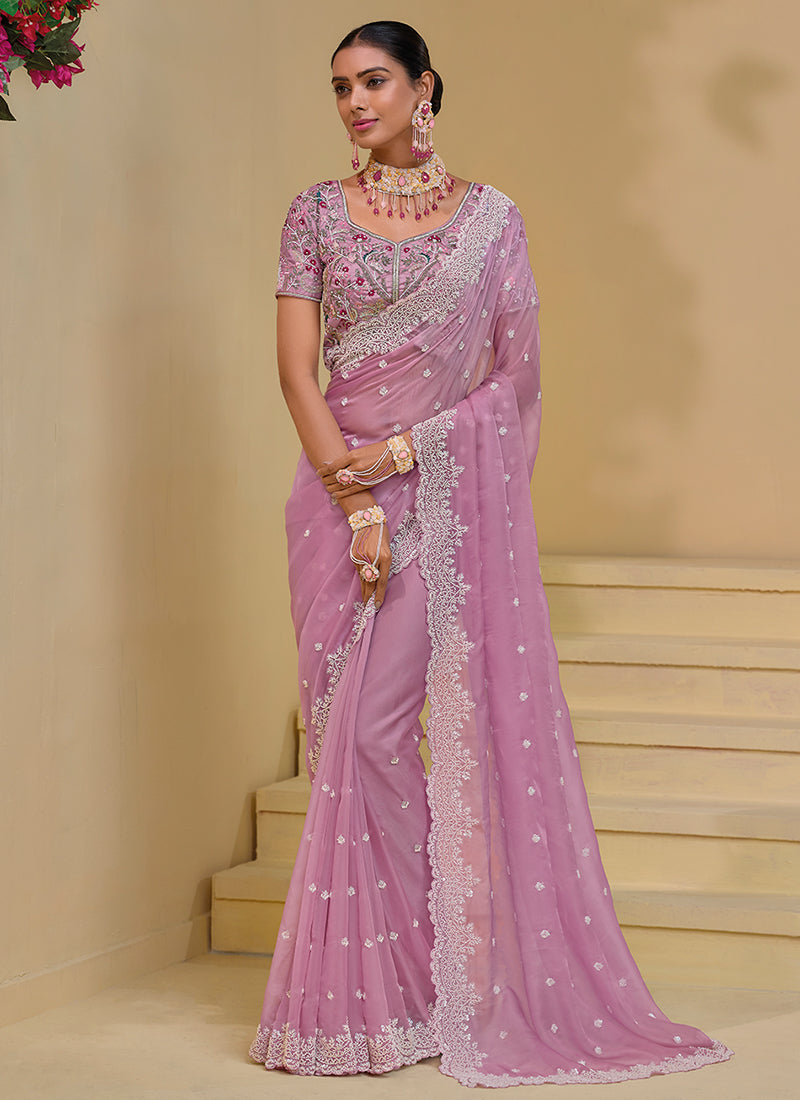Sarees are more than just a piece of clothing; they are a rich tapestry of culture, history, and artistry. Each type of saree reflects the unique traditions of the region it hails from, showcasing diverse fabrics, weaving techniques, and embellishments. Here’s a look at some of the most popular types of sarees and their distinctive characteristics.
1. Banarasi Saree
Origin: Varanasi, Uttar Pradesh
Characteristics: Known for their intricate zari work, Banarasi sarees are often made from silk and are adorned with heavy brocade patterns. They typically feature motifs of floral designs, and paisleys, and are famous for their luxurious feel. These sarees are favored for weddings and festive occasions.
2. Kanjeevaram Saree
Origin: Kanchipuram, Tamil Nadu
Characteristics: Renowned for their vibrant colors and rich silk, Kanjeevaram sarees are woven with gold and silver thread. The sarees often have contrasting borders and pallus, making them visually striking. They are a popular choice for South Indian brides and are celebrated for their durability and elegance.
3. Chiffon Saree
Origin: Global, but popular in India
Characteristics: Light and flowing, chiffon sarees are made from a lightweight, sheer fabric. They are often embellished with embroidery or sequins, making them suitable for parties and evening wear. The fabric drapes beautifully, enhancing the wearer's silhouette.
4. Bandhani Saree
Origin: Rajasthan and Gujarat
Characteristics: Bandhani sarees are created using a tie-dye technique, where small portions of the fabric are tied and dyed to create intricate patterns. The vibrant colors and unique designs make these sarees popular for festive occasions, particularly in traditional settings.
5. Mysore Silk Saree
Origin: Mysore, Karnataka
Characteristics: Made from pure silk, Mysore silk sarees are known for their smooth texture and subtle luster. They often feature minimalistic designs with elegant motifs and a rich color palette. These sarees are perfect for both formal and informal occasions.
6. Tussar Silk Saree
Origin: Jharkhand, Bihar, and Odisha
Characteristics: Tussar silk sarees are made from wild silk, giving them a unique texture and a natural golden hue. They often showcase traditional Indian motifs and are popular for their rustic charm. These sarees are ideal for day wear and casual gatherings.
7. Georgette Saree
Origin: Global, but widely adopted in India
Characteristics: Georgette sarees are made from a lightweight, crinkled fabric that drapes beautifully. They come in various prints and colors, often adorned with embellishments. Their flowy nature makes them comfortable for long hours of wear, suitable for both casual and festive occasions.
8. Patola Saree
Origin: Patan, Gujarat
Characteristics: Patola sarees are double-ikat silk sarees known for their vibrant colors and geometric patterns. The intricate weaving technique makes each piece unique and highly coveted. These sarees are often worn during special occasions and weddings.
9. Lehenga Saree
Origin: Indian subcontinent
Characteristics: A fusion of lehenga and saree, this style features a long skirt (lehenga) with a drape that resembles a saree. They are often heavily embellished and provide a contemporary twist on traditional attire, making them popular for weddings and parties.
10. Bhagalpuri Saree
Origin: Bhagalpur, Bihar
Characteristics: Made from Tussar silk, Bhagalpuri sarees are known for their rich textures and earthy tones. They often feature traditional patterns, including stripes and checks, making them suitable for everyday wear as well as special occasions.
Conclusion
Each type of saree carries with it a piece of history and cultural significance, reflecting the artistry and traditions of its region. Whether you’re dressing for a wedding, a festive occasion, or a casual outing, there’s a saree for every moment, each with its own unique story to tell. Embracing these diverse sarees not only enhances your wardrobe but also connects you to the rich heritage of India.













